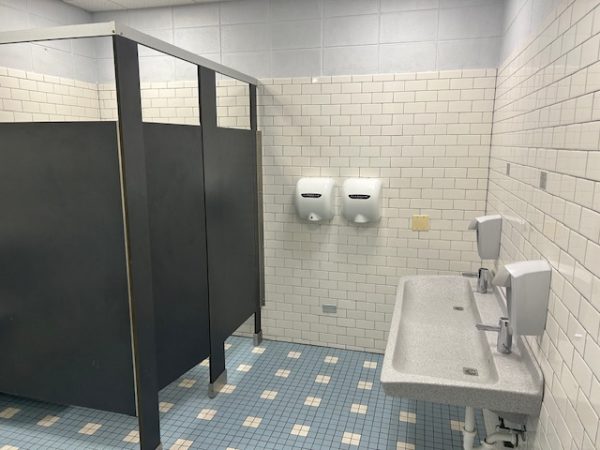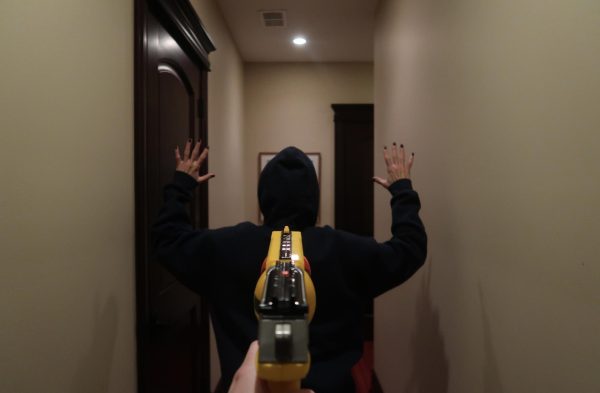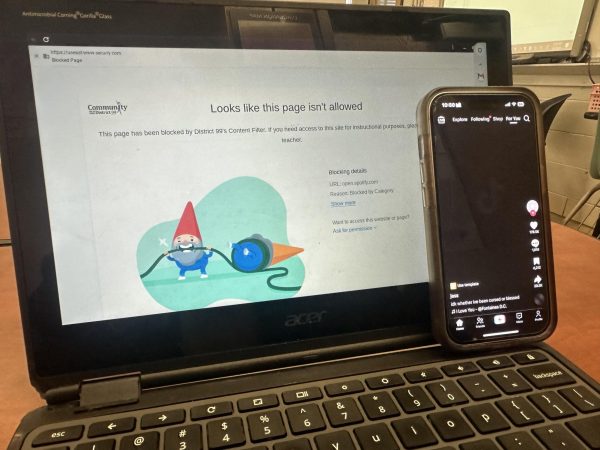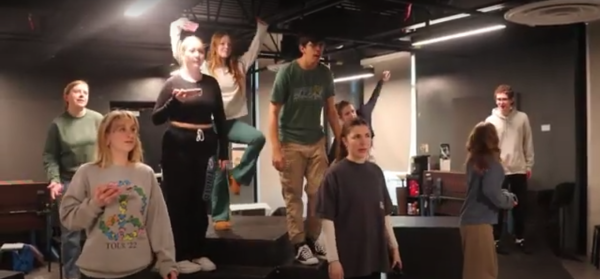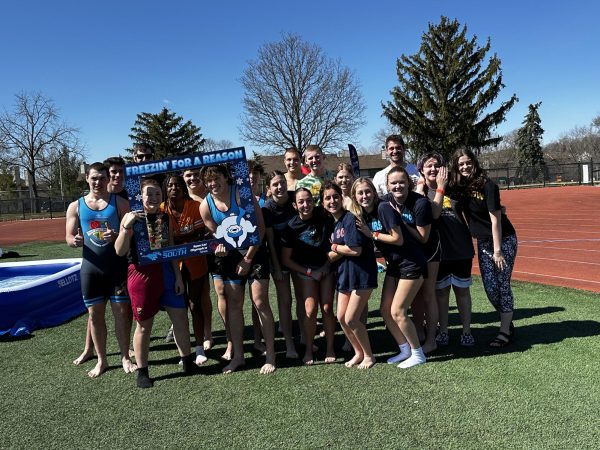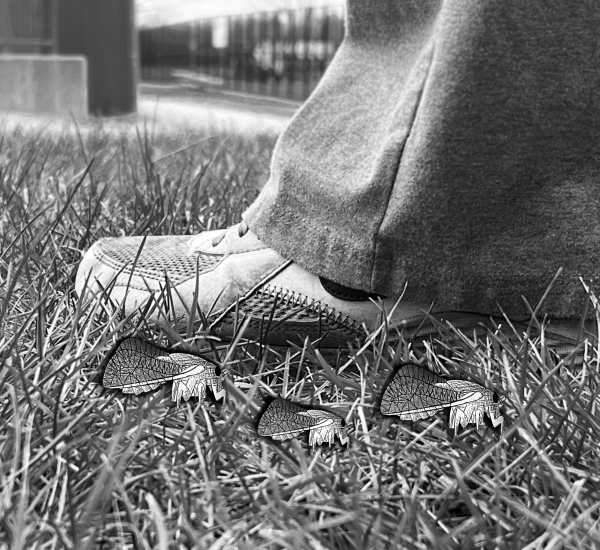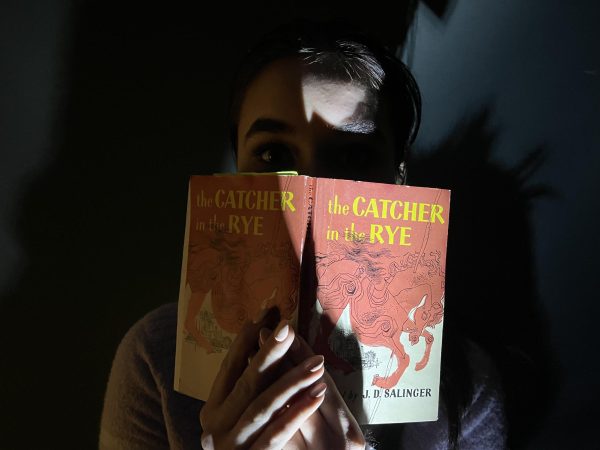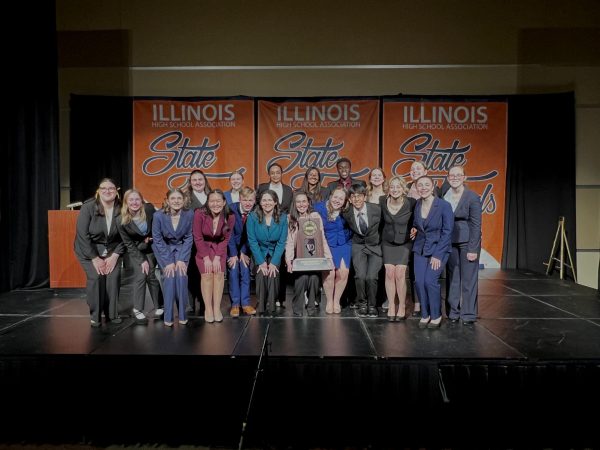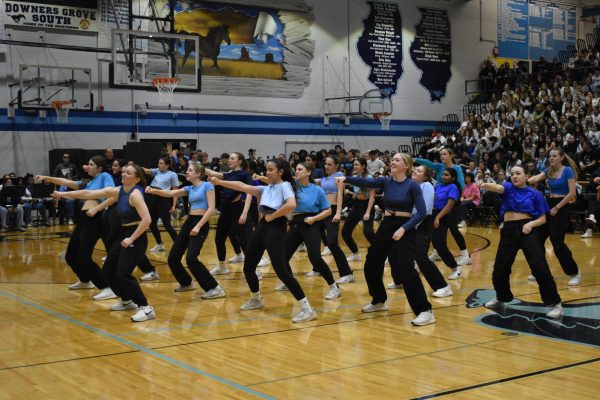DGS practices the first ALICE drill of the year
On Wednesday October 27, 2021 DGS had the ALICE drill. An annual safety drill that serves to help students and staff in the event of a violent intruder. It’s name is an acronym for Alert, Lockdown, Inform, Counter, and Evacuate. The Associate Principal for Operations at DGS Omar Davis defines what ALICE is for DGS. Senior Ensara Sejko and Junior Delaney Wells state their opinion on the safety drill.
TRANSCRIPT:
(Sample of Live footage from Oct. 27th, 2021)
We will not be barricading, locking down in classrooms, or evacuating the building. We are only running a test with our blue point emergency system. And also if you are in the right location CER will see our blue point emergency strobe lights. This is only a test.
(Blue Point system)
(Disc spinning sound effect)
HOST: Live from Blueprint News Network in Downers Grove, Illinois. I’m your host Abigail Durkin. On Wednesday October 27, 2021 DGS had the ALICE drill. An annual safety drill that serves to help students and staff in the event of a violent intruder. It’s name is an acronym for Alert, Lockdown, Inform, Counter, and Evacuate. The Associate Principal for Operations at DGS Omar Davis defines what ALICE is for DGS.
Omar Davis: ALICE is our response to an emergency situation, involving a violent intruder or intruder with a weapon. So many many years ago, long before they [the current students at DGS] were students at South and I was in this room. There were violent events that were happening in public places; in schools and in other [places such as] malls, things like that. And so a group of safety officials got together, and put their heads together, to come with some recommendations for civilians. As they are trying to make it through these types of events. So ALICE was started as just that recommendations that for institutions, businesses, schools. And they recommended these steps to take in the event of a person with a weapon, or violent intruder [when entering] into an office building [or] into schools. Just as some recommendations, so that they can hopefully help people make it out of that situation, without any harm.
HOST: Davis goes into detail about the ways ALICE drill has compared to past years
Omar Davis: We’ve improved our ways of communicating, over the years. [For example] the ALICE steps. So before I was here, at South, I do know that there was a widespread practice of locking down in emergency situations. And slowly, but surely there [was] movement away from that, or a movement away from if there was a person with a weapon and you’re three floors away you’re gonna lockdown and stay put. Slowly, but surely, that thought changed and morphed into techniques like ALICE. Or other techniques, which in some of the Southern States are run, hide, and fight. So I think our [or] the techniques themselves, have pretty much stayed the same. But I think our ability to communicate them [techniques] has… have improved. So we went from a P.A. lesson to a video, we did a couple years ago. And then to what you [students of DGS] saw if you were in school, which was inside the classroom.
HOST: Similar to students, the staff at DGS has to be prepared for the ALICE drill
Omar Davis: So each year, it’s [ALICE drill] part of our staff mandated training. So teachers participate in an interactive video where the steps of ALICE are revisited. And teachers answer a few questions related to ALICE. So staff get that every year. If you’re a new staff member it is new to you, so it’s important that you do that training. And even if you’re a veteran staff member, you complete the training as well. And that’s [ALICE staff drill] an every year thing. For some it’s a refresher, and the second year is different from the first year video. So we continue to train our teachers to be prepared in most situations.
HOST: Davis adds what he believes what the seminars purpose for the staff and students of DGS is
Omar Davis: The webinar gave me an opportunity to suggest that, you know, we all increase our awareness in general as civilians, as just people, as humans trying to go about our day. Unfortunately, in some cases violent events happen around us. Not necessarily here at school, it could be as if you’re out in the community. And we’re having… not that we want people to be fearful, we just want to make sure you are prepared. For example, if you go to a movie theater you should be aware of the emergency exits and where they are. If something were to happen, you know a fire or there is a reason for you to exit the theatre quickly. Or even in a grocery store when you go out you should know in the event of an emergency, how can I get to safety? It’s kind of an increase in awareness. That we want everyone to operate in order to be safe.
HOST: To shine light on a students perspective of the ALICE safety drill, senior Ensara Sejko and Junior Delaney Wells state their opinion
ENSARA SEJKO: Honestly, when I start thinking about ALICE, I just feel a little uncomfortable because of what we’re being taught and the fact that we have to learn that. However, I’m just glad that it’s something that we are educated about, and I really hope we never have to actually use this in real life. And our time in school, or whatever, but I just think that it’s a necessary training. And I think I’m really glad that our school does it for our safety.
DELANEY WELLS: It’s a safety drill. It’s kind of preparing us for the worst, but hoping us for the best I guess.
HOST: Thanks to Omar Davis, Ensara Sejko, and Delaney Wells. Live from Blueprint News Network in Downers Grove, Illinois. This was a coverage of the ALICE drill at DGS.


